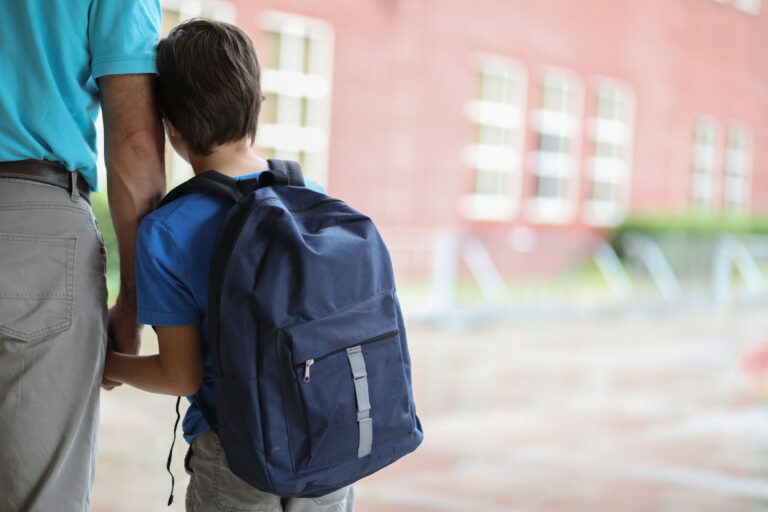Chronic absenteeism—the share of students missing at least 10% of school days—increased dramatically during the pandemic, in California and across most US states. More recently, in the 2022–23 school year chronic absenteeism in California showed a slight improvement, dropping to 25% from 30% in the previous year. Still, in the year before the pandemic rates were 12%. How can California do better? Districts that pursue student outreach in partnership with community organizations are seeing some promising results.
Chronic absenteeism in California varies substantially across demographic groups. In 2022–23, Black and Pacific Islander students had the highest rates, at 37%. Native American students were not far behind at 36%, but this group did see the largest decline in rates—down from 44% the previous year. In contrast, Asian students experienced the smallest drop—from 11% to 10%—but had the lowest rate among all races/ethnicities. Notably, groups with the lowest rates, such as white and Filipino students, saw minuscule improvements (3.5 and 2.1 percentage points respectively), suggesting a potential new higher baseline.
Among low-income students, the rate in 2022–23 was 31%, down seven points from the year before but double their rate in 2018–19. English Learners were at 28%, slightly higher than the average of 25%.
Prior to the pandemic, high schoolers had the highest rates of chronic absenteeism but now the problem is particularly pronounced in the early grades—notably in kindergarten, where the rate is highest at 36%. This high rate is despite the return to in-person classes for transitional kindergarten, which has children who never experienced pandemic disruptions. High levels of absenteeism among the youngest students is particularly concerning since absenteeism tends to have a snowball effect: a student is more likely to be chronically absent in later grades if they are chronically absent in earlier ones.
To find out how districts are approaching this problem, we recently surveyed California’s school districts in a joint study with the California Department of Education, UC Berkeley, and UC San Diego. We found that approximately 30% of California school districts have worked in partnership with community-based organizations to reach out to students who have lost contact with school. These districts experienced reductions in chronic absenteeism (in percentage terms)—while other districts saw increases. Both sets of districts had experienced similar increases in absenteeism between 2019 and 2022.
The persistence of higher levels of chronic absenteeism in the aftermath of the pandemic is highly worrisome, with many student groups still experiencing particularly troubling rates. The evidence from our survey responses underscores the potential importance of initiatives that provide districts with financial support to establish partnerships with community organizations. In a tight budget year, this cooperative effort is vital as schools work diligently to lower rates of chronic absenteeism.
The research reported here is supported by the Institute of Education Sciences, US Department of Education, through grant R305X220028 to the Public Policy Institute of California. The opinions expressed are those of the authors and do not represent views of the Institute or the US Department of Education, or the California Department of Education.






